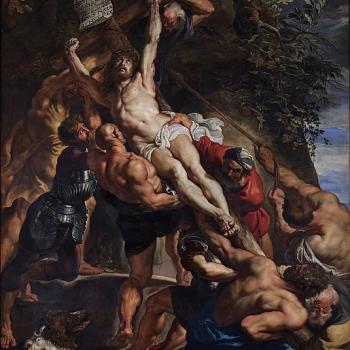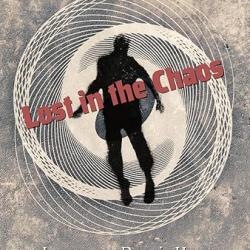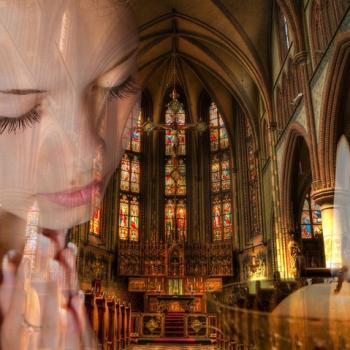Aaron Rosen, in the atheist magazine New Humanist, acknowledges that much of Western art reflects Christianity. The iconography, themes, and vocabulary of images derives not just from religion in general, but, very specifically, from the Christian faith. Somehow, he says, the figure of Christ is just overwhelmingly powerful.
This is even true in modern art. Even apparent attempts to subvert religion, such as the notorious “Piss Christ”–a photograph of a crucifix in a jar of urine–end up re-enforcing the power of the Christian message.
What better way to meditate on the torments and degradation of Christ than to see his form submerged in urine? Meanwhile, the beauty of the image, suffused in a hazy, golden light, invites us to consider a salvific message – the “good news” of Christ’s victory over death.
So this unbeliever urges his fellows to open themselves up to this uncanny quality of Christian art:
The supposed enmity between modern art and religion dissolves. The question of how to get the “godfearing” to appreciate modern art may still be a relevant one, but it isn’t necessarily the most interesting. In light of the religious roots and preoccupations of so much modern art, maybe we should start asking what the “god-less” can learn from modern art. Indeed, perhaps the gallery is uniquely poised to foster a productive encounter with religion for even the most avowed atheist. In the inoculating ambiance of the gallery, a modern Christ perched on a plinth, or framed along the wall, can commune with the same skeptic who would quickly scuttle by a church.
After looking at a crucifixion painting by the Jewish Marc Chagall–his response to the Holocaust–Rosen suggests that Christian art is intrinsically mind-blowing, which he tries to turn into an aesthetic quality.
This is not simply to say that all religious expressions are artistic. But what religious symbols can do, more powerfully than any other, is reveal a horizon of meaning towards which art aspires: the ability to make ontological claims about “the way things really are”. To come back to some philosophical language from Gadamer, religious symbols perfect the “intricate interplay of showing and concealing”. And among other things, it seems to be this tantalising capacity that has kept modern artists, even those with no doctrinal connection to Christianity, returning to fundamental religious images like the crucifixion.
For the non-believer, perhaps focusing on this “poetical teaching” can offer a way of engaging with religious art in a manner beyond merely cultural or aesthetic appreciation; one which begins to dance, albeit gingerly, along the perimeters of the theological. What we experience in religious art, ultimately, doesn’t have to lead us into heaven. In Botticini’s “Assumption”, the disciples gather around Mary’s tomb, only to discover an assortment of lilies has taken the place where her body should rest. Uncomprehending, they look around in bewilderment. If looking at religious art can leave us similarly stunned, perhaps for some that’s more than miracle enough.
via Aaron Rosen – Divine Image | New Humanist.
This supports what I have often said, that the way to reach today’s postmodern unbelievers is to emphasize the wild, ineffable, mind-blowing mysteries of Christianity (e.g., the Incarnation, the Atonement, the Sacraments).
HT: Joe Carter

What a great painting! All of that spectacular spiritual reality going on above, and the people down below, while faced with an earthly manifestation, don’t see it, just looking around in incomprehension. That says it all about worldly unbelief.

















